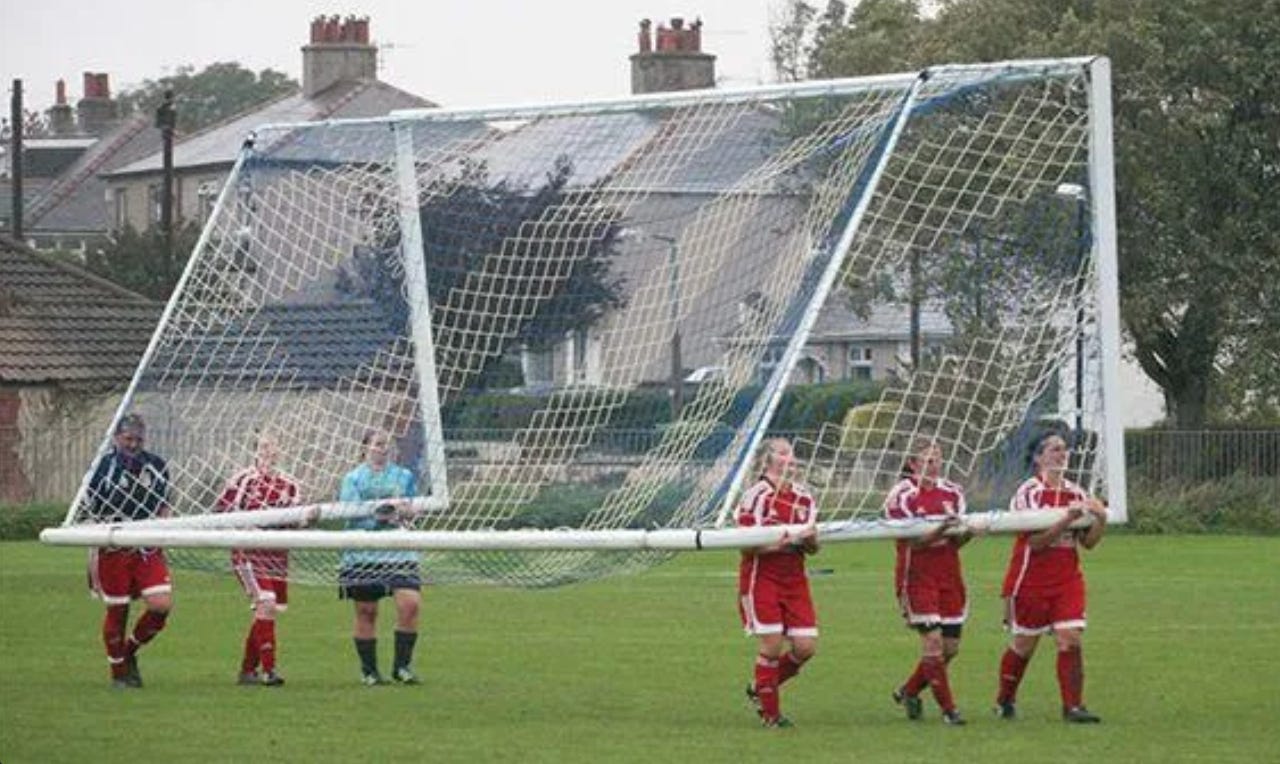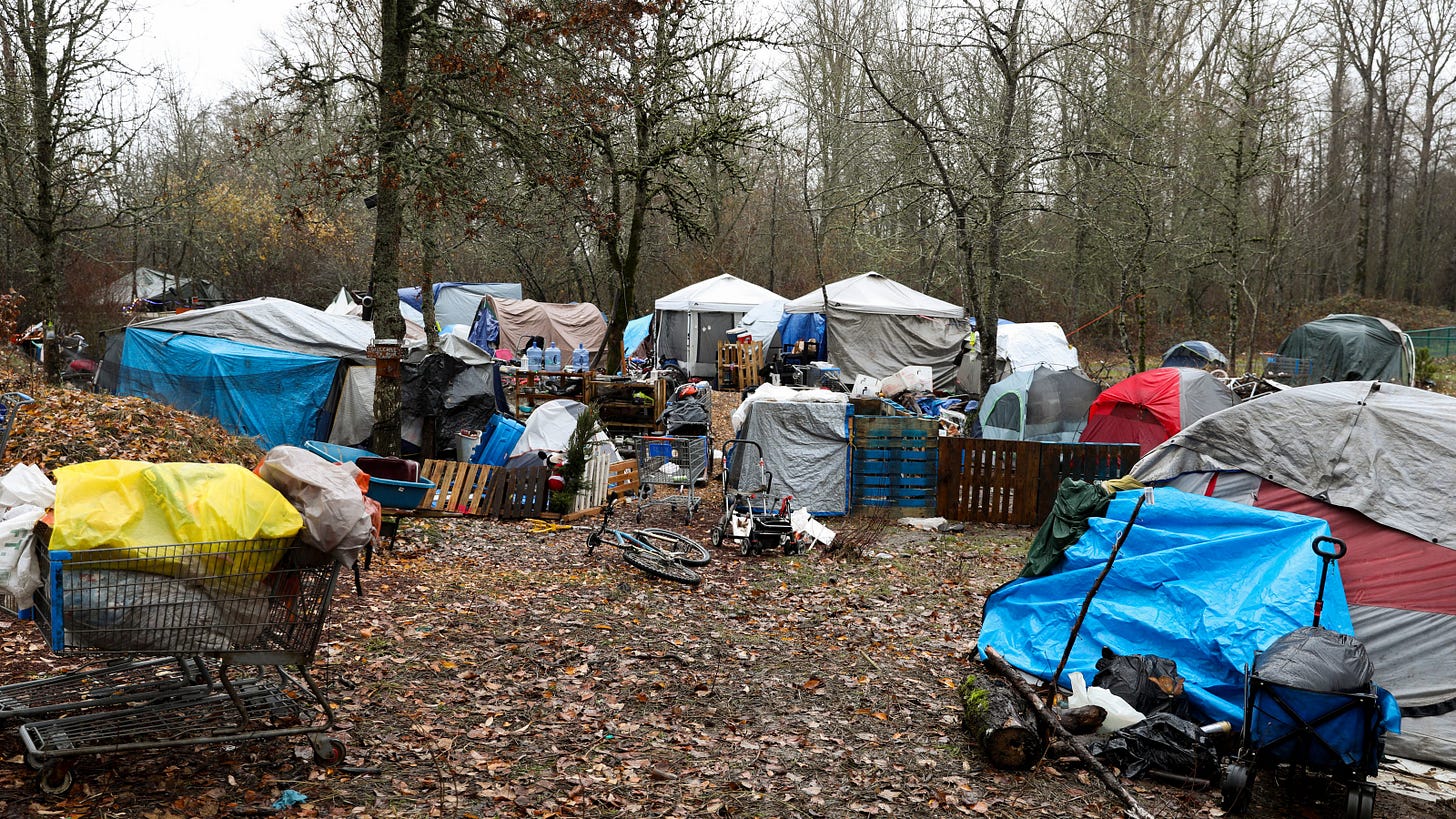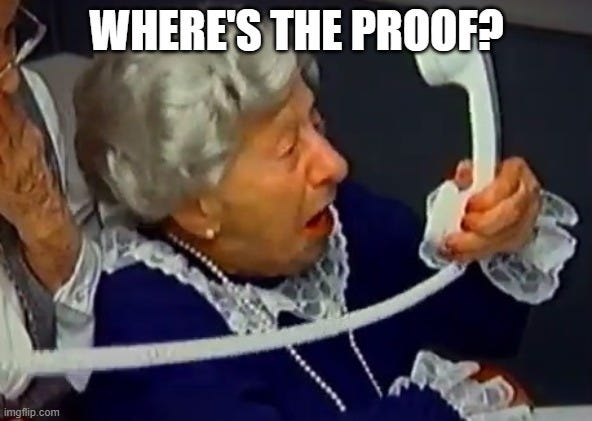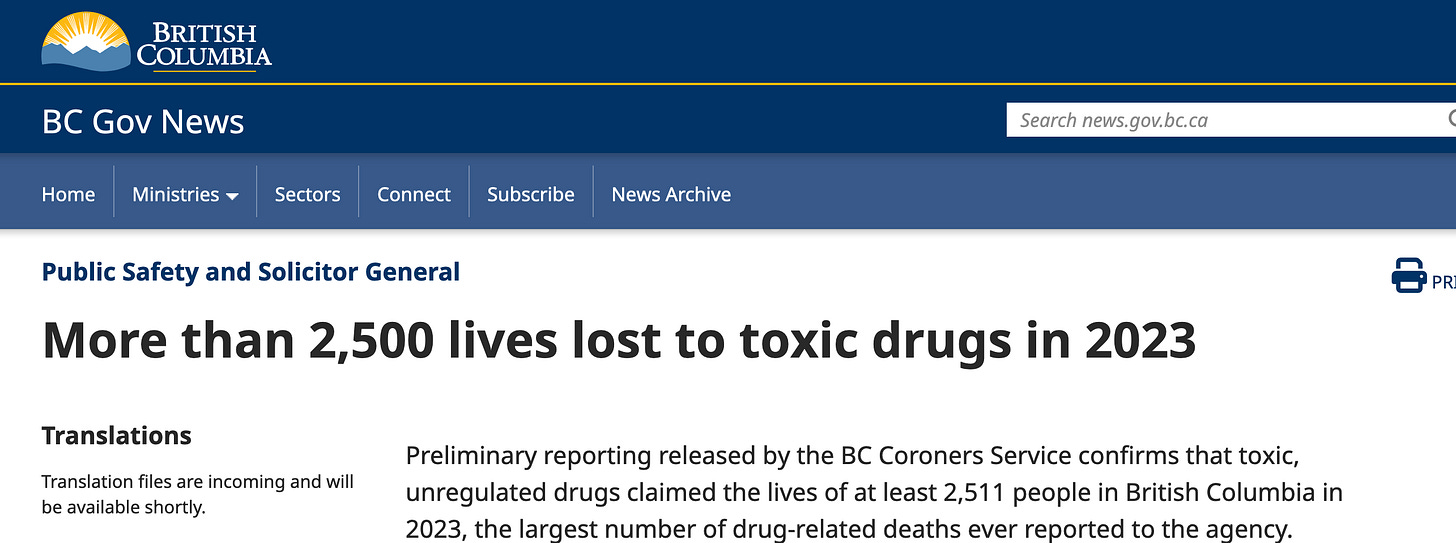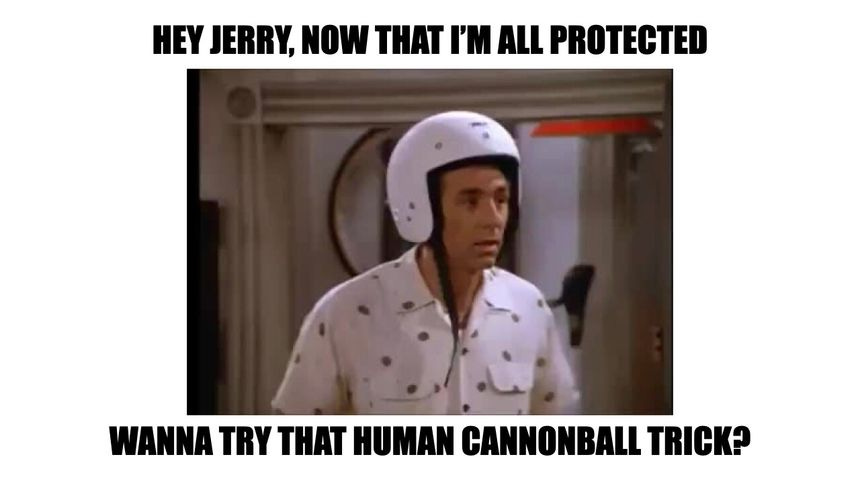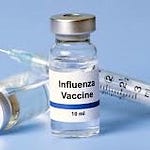Urban wastelands
One of my friends described our hometown of Sydney’s downtown as looking more and more like a zombie apocalypse.
Those who are addicted to the point of homelessness tend to migrate to larger centres. A rural community won’t put up with Joe Smith, Mike and Maggie’s son, pitching a tent in the field where the kids play baseball, leaving dirty needles around, and passing out on the grass. Cities are big and anonymous and such behaviour is tolerated. More than tolerated, some would say it is implicitly encouraged by the presence of harm reduction programs that make a lifestyle of homeless addiction more sustainable, as well as selective non-enforcement of loitering, panhandling, and other bylaws.
A recent media article I came across referred to ‘safe’ injection sites as “controversial”. This is an understatement. Although harm reduction is preached as gospel truth, one who speaks with a representative sampling of doctors, nurses, or thinking citizens will find mainly dissenting opinions.
Although one can selectively comb the literature to find small studies where harm reduction programs tout their local successes, a look at the big picture suggests a different conclusion. Even though our downtowns are more and more being turned over to addicts, Experts™ tell us to reject the evidence of our own eyes and ears. Harm reduction is working great, we just need to do more of it. Do The Experts™ know something that we don’t?
I recently attended an online education session on a pilot project designed to bring “harm reduction” into the ER. The presenter suggested that we should be screening patients for addiction (requiring another piece of paperwork and a longer triage process), providing naloxone kits, starting “opiate replacement” and “safe supply” immediately, and prioritizing people with addictions ahead of other ER patients (sorry little old lady with the broken hip, I’ll be another 25 minutes…).
At the end of the session I asked if there was actual evidence that this program was helping. I pointed out that although we have invested far more in harm reduction in the last generation, there are more addicts and more overdose deaths, not fewer. ER funding is a zero-sum game: when we do more of one thing we do less of another; when we prioritize one person we de-prioritize others. The answer I got was that indeed, there was no actual evidence that this pilot project was helping, but that we “have to do something”. And that “we think it might be worse if we weren’t doing this”. One presenter suggested that if we could find “the denominator” - ie: the total number of addicts - then we would see that even though there are more addicts, and even though there are more overdose deaths, that a smaller PERCENTAGE of addicts are dying of overdose. Et voila, that would prove that harm reduction helps. It felt like a stretch, to say the least. A moving of the goalposts. (Or for you math-y folks, this is called P-Hacking.)
Data that contradicts visible reality should be treated skeptically
The below article in the Journal of the American Medical Association concludes that “safe supply” (the new golden boy of harm reduction programs) was associated with INCREASED harms - in this case opioid-related hospitalizations - in the area of British Columbia where it was implemented. This data seems trustworthy, given that it matches, rather than contradicts, real life evidence.
There is a joke about academics, who are prone to believing very ridiculous things if they appear in a journal: “one would have to be highly educated to believe such nonsense”. Much of the “evidence” for harm reduction falls into this category. The average joe/josephine who walks downtown, or reads the obituaries, knows that whatever The Experts™ are doing just ain’t working.
Most citizens do not set up tents on the sidewalk and use drugs in public
It’s great to want to help those with addiction issues. But at the same time, what does non-enforcement of loitering, littering, public intoxication, and other bylaws do to the ability of an average citizen to enjoy his city? To play with his kid in the park? To walk down a street without getting constantly panhandled? To not have his car broken into again and again? To not be randomly assaulted?
How is it that we can speak incessantly about the needs, wants, and rights of one group - those who abuse drugs - while at the same time completely ignoring the needs, wants, and rights of the great majority of society who do not?
Consider a law-abiding tax-paying citizen who has no criminal record. He wants to build a garage on his own property, which he owns and pays taxes on. First he needs a permit which requires a trip to city hall housing/zoning department. He has to pay a fee and spend time spent filling forms. The garage is finally built. The inspector comes and finds out that an ‘i’ was not dotted and a ‘t’ not crossed properly on the form. The citizen is forced to either pay a fine, or to have expensive modifications done on the garage to correct the error. (This is a real story, by the way). All this even though his garage affects no one else, and is on his own property. If he does not comply immediately he could end up charged higher fines or interest, and eventually if he did not pay he could be in contempt of court and face jail time. The police would eventually be called to enforce the bylaw. As the saying goes, “All laws are ultimately enforced at the end of a gun.”
Meanwhile, a few hundred metres away, a large group of addicts has taken over a park. Land that belongs to, and is maintained by, taxpaying citizens. They erect tents and more “permanent” shelters of various kinds on land where people used to walk their dogs and kids used to play. No building permits are demanded. No inspections are done. No police are involved. No attempt is made to remove them. No one is threatened with jail. There are no consequences.
We seemingly have chosen to enforce unreasonable laws on reasonable people, while at the same time not enforcing reasonable laws on unreasonable people.
Are “safe injection sites” creating “safety”, or a Zombie Apocalypse?
The first safe injection site in Canada opened in Vancouver around 20 years ago, and since then “harm reduction” has grown massively. It now includes the distribution of seemingly limitless clean needles, free tents, free drug paraphernalia (to crush and melt pills), naloxone kits (an injection drug that can be given to reverse the effects of an overdose) and most recently “safe supply”. In fact, more than 1 million dollars PER DAY was being spent in downtown Vancouver on these programs, even before “Safe Supply” (more properly called PSAD – Public Supply of Addictive Drugs) was added to the tally. We have put a lot of tax money into making homeless drug addiction a practically sustainable way of living.

Many harm reduction advocates lament NIMBYism (Not In My BackYard): that nobody wants to have a safe injection site in his neighbourhood. But there are logical reasons for this. These facilities are bug-lights for criminal behaviour.
Just several years ago, downtown Sydney Nova Scotia was safe. Like many downtowns in North America, suburban malls and online shopping had meant there were lots of empty shops, but it was safe. Male or female, one could stagger home from a bar at 2AM unmolested. Then we went all in on "harm reduction".
The local (taxpayer-funded) addiction help centre has become a focal point of loitering, public intoxication, scuffles and fights, littering, and even middle-of-the-day public sex acts (presumably prostitution-related). Piles of garbage are strewn around. My friend was propositioned by a prostitute while running on lunch break. Another friend saw a "fine gentleman'" receiving sexual services on the stoop of the senior's club just across the street from the help centre, in broad daylight. Panhandlers have become more aggressive and even threatening - a friend of mine now won't use the bank machine in the area after a bad experience.
Police do not enforce vagrancy or loitering laws. I suspect if they did, they would be pilloried for picking on addicts, who have been afforded coveted victim status in our current victim society.
Meanwhile (unless it changed in the last 5 minutes) overdose deaths in Sydney remain at an all-time high, violent crime has increased, and rates of addiction have not dropped. What harms have been reduced?
I drove by the centre last fall. As usual, there was much garbage and debris around. There was a mass of humanity milling about in various states of consciousness. Some passed out, several obviously severely intoxicated. Two were “up in each other’s grille” having a major verbal altercation. Ironically, in the midst of the mayhem, many were sporting brand new T-shirts that said in large letters: "HARM REDUCTION SAVES LIVES!".
The harm reduction advocates I know have never volunteered that one of these centres be located next door to their own lovely home in the suburbs. Instead they criticize others for not wanting it near their neighbourhood.
Where’s the proof?
Even harm reduction advocates will admit it’s not a panacaea, but more of a band-aid. But does it really do any good at all overall?
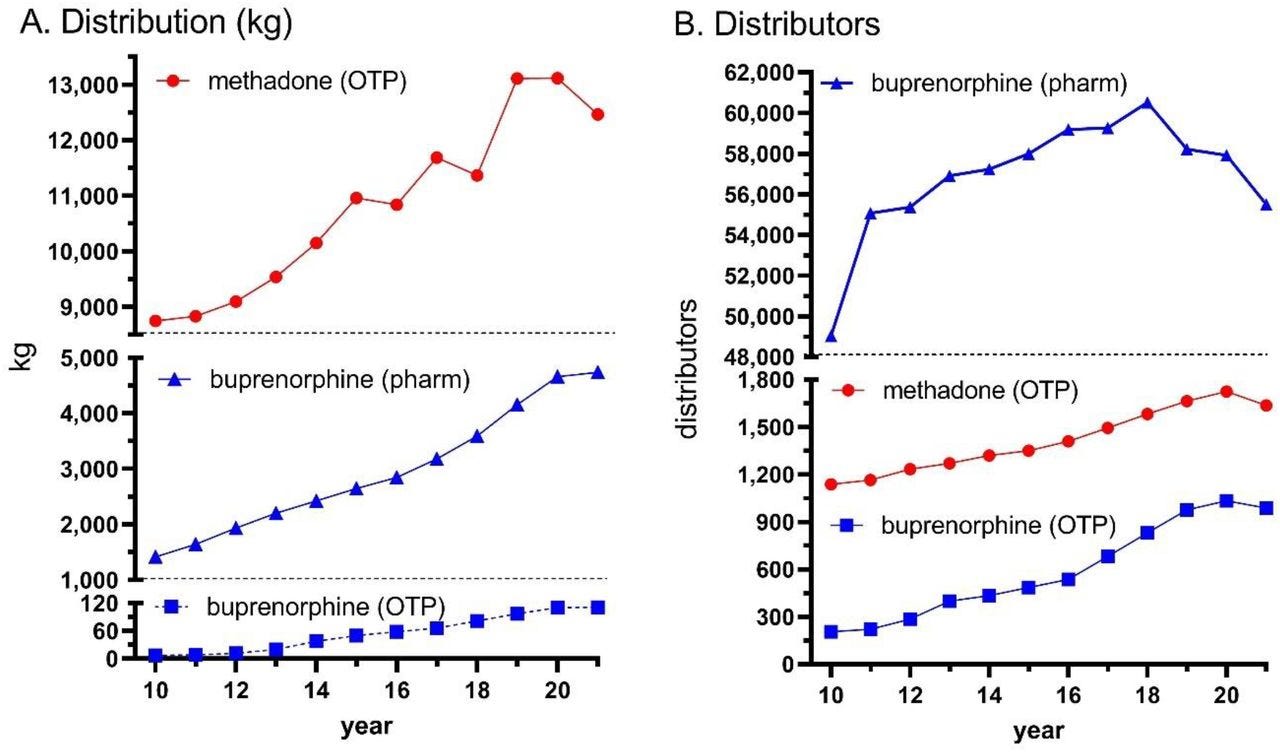
The original version of “the proof is in the pudding” was: “The proof of a pudding is in the eating”. But either way you phrase it, this adage is apropos to harm reduction. If these programs worked, they should work. We should see fewer overdoses. Fewer deaths. But instead, as we have spent more and more on “harm reduction” we have just the opposite happening. The same BC government that is still pushing forward hard with even MORE harm reduction just reported their 2023 stats and set a(nother) new record for drug overdose deaths at over 2500. Drug overdose is now by FAR the leading cause of death in younger age groups in Canada.
In response to this clear data trend, the main argument of “harm-reduction” proponents is that “it would be even worse if we weren’t doing all of this”. This is not scientific, but rather a statement of belief. And there are logical reasons that harm reduction may be (probably is, in my reading) making things worse.
But it’s probably worse than unhelpful
OK, I’ve pounded home my point that there is, to say it politely, a lack of evidence for efficacy of harm reduction programs. But let me take this one step further and suggest that there are several ways in which harm reduction could be making things worse.
There is a concept in behavioural science called “risk compensation” or eponymously “The Peltzman Effect”. Put a helmet on a kid before he rides his bicycle and he takes more chances. Enforce a facemask-wearing-rule in a hockey league and players aren’t as careful to keep their sticks down. A humourous corollary is this: the best safety device for cars would be a 6-inch spike mounted in the steering wheel pointing at the driver. Suddenly, everyone would drive much more carefully. To summarize risk compensation: the safer something feels, the more chances we take.
I’ll tell 2 real stories (with enough details changed to avoid identifying a patient unintentionally).
Many years ago, working in a big city ER, a young man I’ll call Zach came in late at night. He was in withdrawal from injection narcotic use. He wanted help to get clean. His friend had just died of an overdose the day before and it had hit him hard. They had been using together, and tried a little extra for a higher high. They passed out. Zach woke up, his friend never did. Zach told me he knew the same was in store for him if he didn’t get off drugs. I asked if he had a naloxone kit. Yes, he and his friend both had them. I then asked if he thought they would have used as high a dose if he hadn’t have had the kit. Zach thought for a minute and answered no. The presence of the kit made chasing a higher high seem “safe” to him. Does having these kits kill more people than it saves? We have distributed many thousands of naloxone kits, and yet more people are dying of overdoses. It is easy to point to the lives they save, but are there many deaths to which they have contributed by giving a false sense of security - deaths that we have no way of counting?
Another night in a big ER and another addict wanting to quit – I’ll call him Jimmy. Jimmy’s (latest) girlfriend had just kicked him out. He had nowhere else to go, being estranged from family (having stolen from his parents then grandparents). He had hit rock bottom. He was suicidal. Jimmy was young, good-looking, articulate, and clearly intelligent. I asked him how a guy like him ever got started in the first place? It’s easy to understand how people KEEP using, but what about the first time you pick up a needle and shove it into your own arm? I asked him wasn’t he worried about OD’ing? He explained that he was at a party, drinking with friends. He went out back to the garage where some of the guys were hanging out. A friend of his was experienced with injecting narcotics and encouraged him to try it. The friend allayed any fears about overdose. “What about catching diseases?” I asked. “I’m not stupid enough to use a dirty needle” Jimmy said. There was a large container of clean needles there, supplied by the local harm reduction clinic. I asked if he would have used had there not been fresh needles. He was adamant that no, he never would have used a dirty needle, and that in his several years of using he never had used anything but a fresh needle – all provided free of charge via “harm reduction”. Have we made it easier and “safer” for people to develop a drug habit in the first place? Would Jimmy ever have taken the first step onto the path that wrecked his life (to that point – I hope he recovered) had we not made that step seem “safe”?
At the same time these aspects of harm reduction have made drug use appear “safer”, the destigmatization movement is likely having an effect in lowering or removing one of the barriers to starting a drug habit by making use appear more normal or socially acceptable.
And finally, diversion of “Safe Supply” drugs is extremely concerning. This is the phenomenon where taxpayer-funded opiates are provided to addicts, with the assumption that they will replace opiates like fentanyl that the addict had been buying on the street. But just giving someone a less potent drug doesn’t automatically make them stop wanting the more potent one. Instead, it appears that many addicts take the free opiates and sell them, using the money to buy their drugs of choice.
Although advocates tend to downplay this issue, evidence suggests that it may be extremely common. (I highly recommend reading this well done article by Adam Zivo.) Basic economics dictates that increasing the supply of a product lowers the price. If a bunch of “free” opiates are suddenly given to addicts in a community, and those opiates are diverted and end up on the street thus increasing supply, this lowers the black market cost of these drugs. In some communities, a huge drop in the price of opiates has now made them a cheaper option than beer or marijuana for youth who want to get a buzz on before the Friday evening high school dance. Some believe this mass prescription of “Safe Supply” is creating a whole new generation of addicts, just as the mass prescription of Oxycontin and other opiates may have triggered round one of the opioid crisis.
Harm Reduction had noble intentions. But by making drug use appear safer, appear more normal and socially acceptable, and most recently by releasing a deluge of cheap opiates onto the streets of our communities, it is very likely part of the reason we see an ongoing increase in addictions, homelessness, and addiction-related deaths.
Time to change course?
We can’t “harm-reduce” our way out of the addiction crisis. But “harm-reduction” may be part of what has gotten us here in the first place. In a recent media piece lauding a “safe supply” physician who had received an award for his work, he unknowingly gave support to those of us who think it may not be helping. In the concluding paragraph he is quoted as saying “I’ve been doing this for 20 years and there’s more demand now than when I started... it’s worse”.
Einstein is credited with having said “The definition of insanity is doing the same thing over and over and expecting a different result”. Just as there are those who still advocate for communism by saying that we haven’t tried REAL communism yet, continuing to think that harm reduction will work if we just do more of it is, by this definition, insane.
If you’re interested in more…
To those of you who took the time to read or listen to the Is there Harm in Harm Reduction series, thank you. I’m happy to hear your thoughts, positive or negative, either by private message or here in the comments. Whether I’m totally wrong, totally right, or most likely a bit of both, this is an issue that needs a fulsome discussion and debate.
For a more positive view on the potential of addicts than you’ll get from Bonnie Henry, The Pairodocs recommends this recent Free Press article on the success of Hazard, Kentucky which is rebuilding out of the ashes of addiction and despair called Recovering Addicts Save an Opioid Town.
For a thoughtful and deep perspective on how Harm Reduction became “The Science”, I recommend my colleague Dr. Rick Gibson’s Substack “Wishful thinking about addictions”
If you want to hear me try my best to explain how the through-line runs from The Enlightenment through Freidrich Nietzsche, Carl Jung, and eventually to modern 12-step programs, have a listen to my conversation with David Gardener on his new Freedom Convo Podcast
And finally, for a hard-hitting critique of our current lenient, harm-reduction-only approach to addictions and homelessness, I recommend watching “Canada is Dying” by Aaron Gunn.



